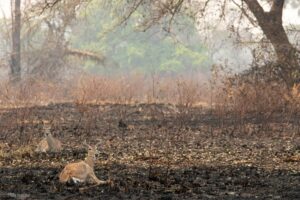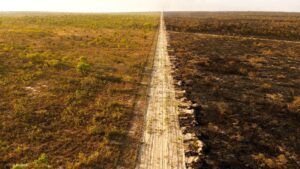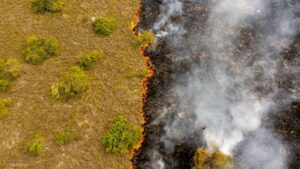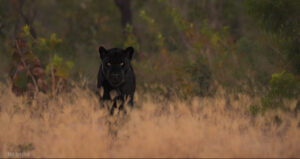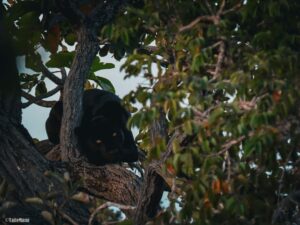The country prepares for COP30 at a time marked both by achievements and threats to environmental conservation.
World Environment Day, celebrated on June 5th, was established by the United Nations (UN) in 1972 during the Stockholm Conference with the goal of raising public awareness of environmental issues and the importance of preserving natural resources. The day recognizes that the quality of human life depends directly on the health of ecosystems.
In 2025, the central theme of the celebration is beating plastic pollution (#BeatPlasticPollution), highlighting the need for collective action to face this global challenge. According to the UN, plastic pollution is a serious issue that affects ecosystems, human health, and biodiversity.
Brazil, is home to some of the richest biodiversity on the planet and faces major challenges in environmental conservation. Despite advances in the past year, such as a 32.4% reduction in deforestation compared to 2023, according to the Annual Deforestation Report (RAD) by MapBiomas, the overall situation remains concerning. A total of 1,242,079 hectares were deforested, with the Matopiba region (encompassing the states of Maranhão, Tocantins, Piauí, and Bahia) accounting for 75% of all deforestation in the Cerrado biome and approximately 42% of the total native vegetation loss in the country. Additionally, forest fires reached alarming levels with over 278,000 hotspots recorded in 2024 (INPE), a 46.5% increase compared to 2023.
Photos: Edu Fragoso
In the same year that Brazil will host the 30th United Nations Climate Change Conference (COP30) in Belém, Pará, deforestation, the rise in forest fires, and other threats to environmental protection jeopardize the country’s environmental commitments. Scheduled for November 2025, COP30 marks a historic moment, bringing the world’s attention to Brazil, particularly to the biomes most affected by degradation, and represents a unique opportunity for the country to reaffirm its leadership role in global negotiations on climate change and sustainability.
Onçafari is committed to conserving Brazilian biodiversity through the protection of natural areas and will take part in the international debate among global leaders shaping strategies for climate change mitigation and adaptation. Through its Advocacy Front and strategic partnerships, Onçafari seeks to strengthen dialogue with different sectors of society and share its technical expertise in Brazilian conservation.
Onçafari brings together science, technology, and on-the-ground work to address the main challenges of environmental conservation through its presence in four of Brazil’s six biomes (the Amazon, Pantanal, Cerrado, and Atlantic Forest), and eight action fronts. Through continuous wildlife monitoring, species reintroduction programs, responsible ecotourism, and social initiatives in surrounding communities, the NGO seeks to raise awareness and act on the most critical issues on the country’s environmental agenda.
Check some highlights from Onçafari’s work between 2024 and 2025:
-
Xamã’s Reintroduction
Onçafari carried out the first-ever reintroduction of a male jaguar, named Xamã, after two years of care and adaptation in a preserved area of over two million hectares in Serra do Cachimbo, southern Pará.
This achievement is a milestone not only for Onçafari but also for jaguar conservation in Brazil, the country that harbors the largest jaguar population in the world and plays a key role in the species’ protection. Among Brazilian biomes, the Amazon stands out as the most crucial region for the long-term survival of the species due to its vast, continuous, and preserved habitat.
-
Valente’s Release
Valente is one of the tapirs that survived the 2024 fires in the Caiman region of the Pantanal. He was rescued by our team, dehydrated and suffering from severe burns on all four feet. Over eight months, Valente received intensive treatment using a combination of techniques to heal his burned feet and was cared for by our veterinarians and biologists. Now fully recovered, Valente was returned to the wild in April of this year, marking the first tapir release in Onçafari’s history.
See how Valente is doing in a recent post here.
-
Anti-Fire Front
Created in 2024, the Anti-Fire Front aims to fight, monitor, and prevent wildfires, one of the biggest threats to biomes and biodiversity, in order to ensure the protection of flora and fauna. The work includes the formation of community and private fire brigades, implementation of prescribed burns and black firebreaks, and provision of equipment, tools, and PPE. Activities follow operational plans and integrated fire management guidelines to ensure well-planned execution in compliance with current laws and regulations.
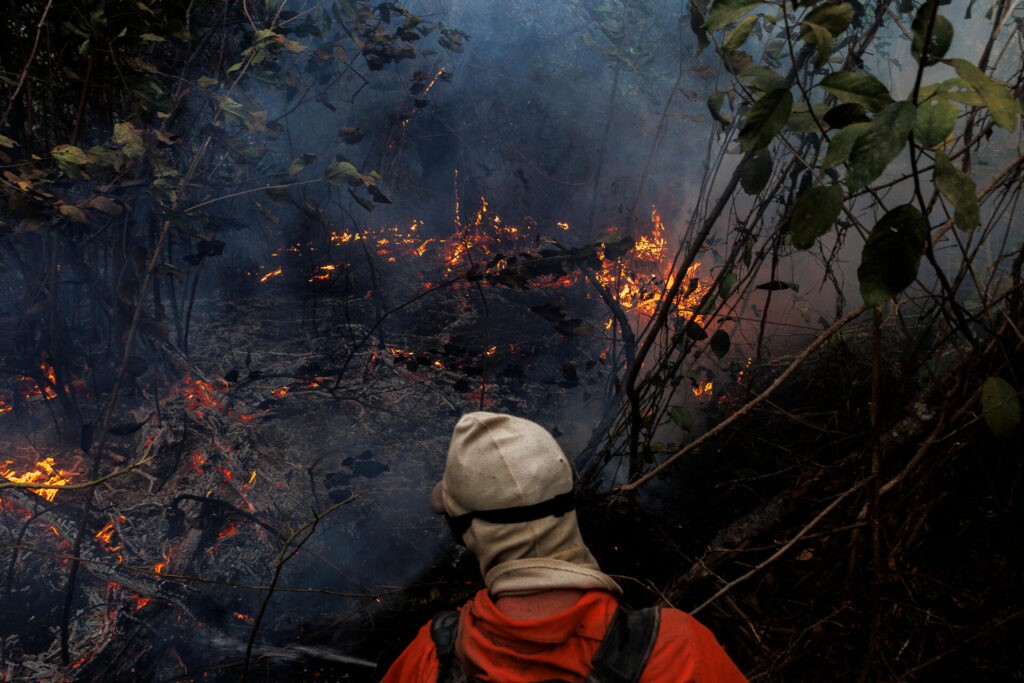
Photo: Diego Baravelli
-
Ecological Corridors
One of Onçafari’s key strategies is the creation and maintenance of ecological corridors, which ensure connectivity between native vegetation fragments. By identifying key areas, Onçafari strengthens the ecological integrity of landscapes and increases the survival chances of threatened species.

Photo: Leonardo Sartorello
-
Ecotourism Front
Ecotourism was Onçafari’s very first action front, providing a practical way to showcase the value and beauty of biodiversity to society. We work every day to protect wildlife and create opportunities for local communities through responsible tourism, driven by the belief that tourism can and should be a powerful tool for conservation and social transformation.
-
Black Jaguar Conservation in the Cerrado
The jaguar has already been extirpated from 54% of its original range in the Americas, and more than half of its Cerrado population has vanished. The Cerrado biome remains under severe pressure from deforestation. Since 2018, Onçafari has been active in the Cerrado, in the region of Pousada Trijunção and in Grande Sertão Veredas National Park (PNGSV), a highly important area for biodiversity conservation in Brazil. This region harbors a significant concentration of melanistic jaguars (the famous black jaguars), a rare variation globally representing 9% of the world’s jaguar population. In this part of the Cerrado, about 40% of the jaguar population is composed of black jaguars!
Monitoring in the region is essential to increase understanding of the species’ behavior, territory, prey, and other biological and ecological aspects. Beyond individual information, the “black panther of the Cerrado” offers valuable insights into jaguar life in one of Brazil’s most threatened biomes and contributes to scientific knowledge of black jaguars within the broader jaguar population.
- Photo: Edu Fragoso
- Photo: Edu Fragoso
- Photo: Taile Emanuele
Conserving biodiversity and protecting the environment requires a collective effort involving governments, institutions, businesses, and, most importantly, society. Onçafari thanks all its partners for believing in the transformative power of conservation. Together, we keep life thriving in Brazil’s forests, rivers, and meadows.

If you’re interested in helping conserve Brazil’s biodiversity and biomes become an Amigo da Onça by clicking here. Together for conservation!
Cover photo: Matthias Kern
Written by: Maria Julia Farias


